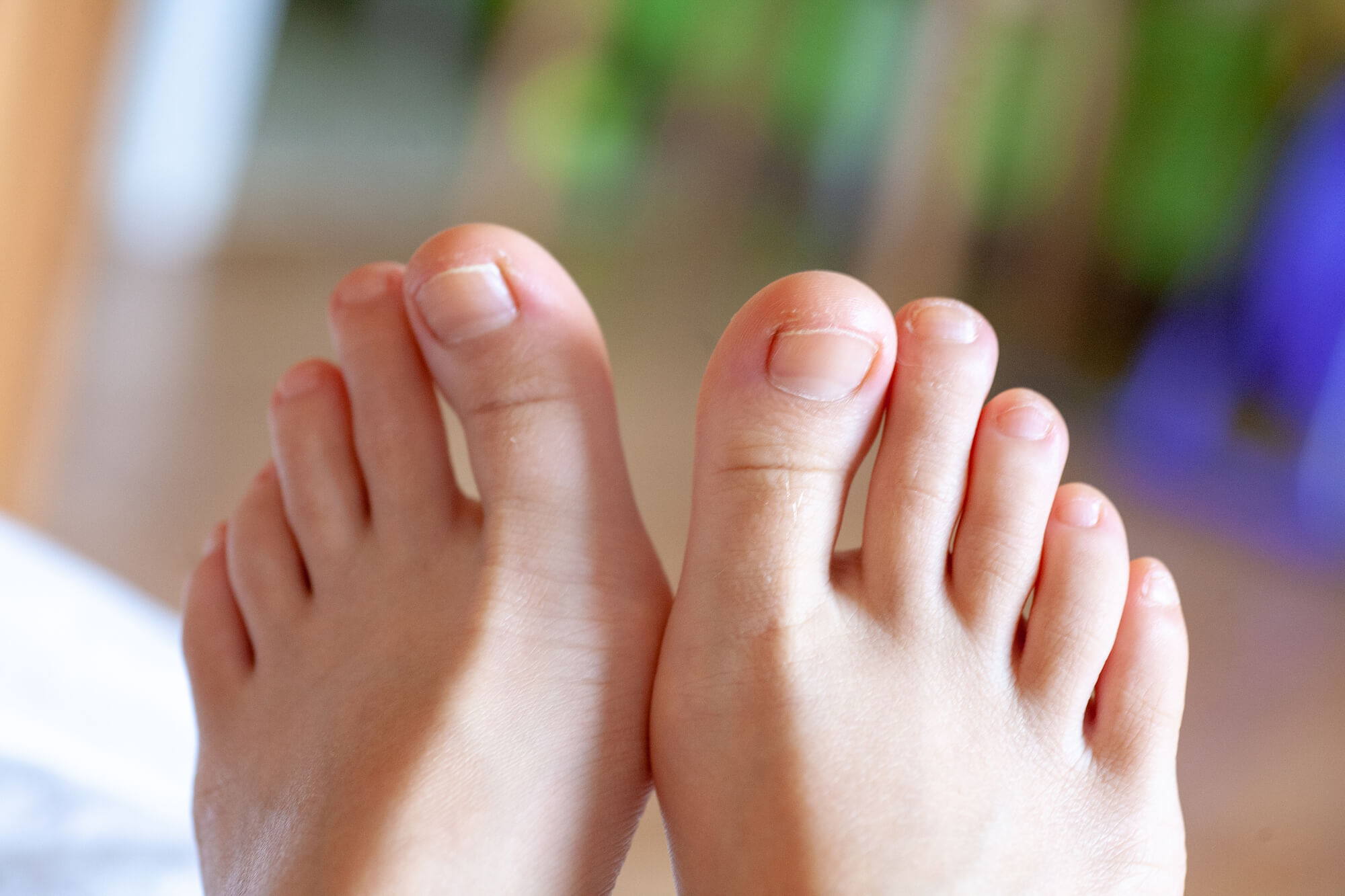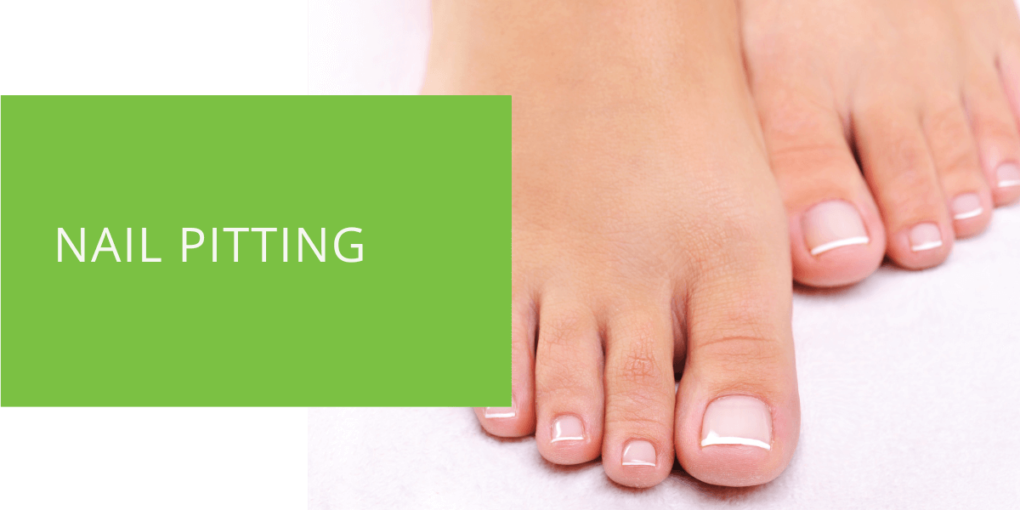Understanding Nail Pitting: Causes, Symptoms, and Treatment Options
Nails are more than just aesthetic features; they can be crucial indicators of underlying health issues. Nail pitting, characterized by the presence of small depressions or "pits" on the nail surface, is one such concern that warrants attention. In this comprehensive guide, we'll delve deeper into the multifaceted aspects of nail pitting, encompassing its causes, symptoms, diagnosis, and treatment options.
Key Takeaways
- Nail pitting, characterized by small depressions on the nail surface, can indicate underlying health conditions such as psoriasis or fungal infections.
- Diagnosis involves a thorough examination and may include additional tests to determine the underlying cause of nail pitting.
- Treatment options range from topical and oral medications to lifestyle modifications, with personalized care tailored to individual needs.
What is Nail Pitting?
Nail pitting refers to the development of small depressions or pits on the surface of the nails. These pits, which can vary in size and depth, may affect one or multiple nails and can occur on both fingernails and toenails. While nail pitting is often considered a cosmetic issue, it can sometimes indicate an underlying medical condition.
Nail pitting, though primarily a cosmetic issue, can cause distress and impact self-esteem. Understanding its causes and associated conditions is crucial for effective management.
Signs and Symptoms of Nail Pitting
Tiny depressions or irregularities on the nail surface characterize nail pitting. These pits may appear shallow or deep, affecting one or multiple nails. In addition to nail pitting, individuals with underlying conditions such as psoriasis or psoriatic arthritis may experience other symptoms such as nail discoloration, thickening, or separation from the nail bed (onycholysis).
Nail pitting, when accompanied by other symptoms like nail thickening or discoloration, can indicate an underlying condition such as psoriasis or fungal infection. Recognizing these signs prompts timely intervention.
Understanding the Causes of Nail Pitting
Psoriasis and Nail Psoriasis
Psoriasis is an autoimmune condition characterized by the rapid turnover of skin cells, leading to the development of thick, scaly patches on the skin. Nail psoriasis specifically affects the nails, causing nail pitting, discoloration, and thickening changes.
Autoimmune Disorders
Nail pitting is commonly associated with autoimmune disorders such as psoriatic arthritis, which affects the joints and nails, and conditions like alopecia areata and eczema. These conditions trigger immune system dysfunction, impacting nail health.
Trauma and Injury
Sometimes, nail pitting may result from physical trauma or injury to the nail matrix, where nail growth originates. This can disrupt the normal nail growth process, forming pits or irregularities on the nail surface.
Fungal Infections
Fungal infections of the nails, known as onychomycosis, can also cause nail pitting as the fungus invades and damages the nail plate.
Understanding the diverse factors contributing to nail pitting is essential for accurate diagnosis and targeted treatment. Each underlying cause requires distinct management strategies for optimal outcomes.
Diagnosis of Nail Pitting
Diagnosing nail pitting typically involves a thorough examination of the nails and a medical history review and may include additional tests such as nail clippings or a nail biopsy to rule out underlying conditions or infections.
Accurate diagnosis of nail pitting entails a thorough evaluation, considering both visual examination and patient history. Diagnostic tests help identify underlying conditions, guiding appropriate treatment selection.

Treatment Options for Nail Pitting
The treatment approach for nail pitting depends on the underlying cause and severity of the condition. In cases where nail pitting is associated with conditions like psoriasis or psoriatic arthritis, treatment may involve:
- Topical Treatments: Medications applied directly to the nails, such as corticosteroids or vitamin D analogs, can help reduce inflammation and improve nail health.
- Oral Medications: Systemic medications, including oral retinoids or immunosuppressants, may be prescribed for more severe cases of nail psoriasis.
- Injectable Therapies: Biologic medications, which target specific immune system components, may be recommended for individuals with psoriatic arthritis or severe nail psoriasis.
Tailored treatment plans address the specific needs of individuals with nail pitting, aiming to alleviate symptoms and improve nail health. A multidisciplinary approach may be necessary for comprehensive management.
Management Strategies to Reduce Nail Pitting
In addition to medical treatments, there are several management strategies that individuals with nail pitting can incorporate into their daily routine to help reduce symptoms and improve nail health:
- Nail Care Practices: Gentle trimming and filing of the nails can help minimize the appearance of pits and prevent further damage.
- Protective Measures: Wearing gloves when performing activities that expose the nails to trauma or chemicals can help protect the nails from damage.
- Dietary Considerations: Consuming a balanced diet rich in nutrients like vitamins A, C, and E, as well as essential fatty acids, can support overall nail health.
- Stress Management Techniques: Stress can exacerbate symptoms of autoimmune conditions like psoriasis, so incorporating stress-reducing activities such as yoga, meditation, or deep breathing exercises can be beneficial.
Effective management of nail pitting extends beyond medical treatment to encompass lifestyle changes and self-care practices. Empowering individuals with strategies to reduce symptom severity fosters long-term nail health.
Seeking Professional Help for Nail Pitting
If you're experiencing nail pitting or other changes in nail health, seeking professional help from a qualified podiatrist or dermatologist is essential. These healthcare providers can conduct a thorough evaluation, determine the underlying cause of your symptoms, and develop a personalized treatment plan to address your specific needs.
Timely intervention from qualified healthcare providers ensures timely diagnosis and appropriate management of nail pitting. Regular monitoring and follow-up care optimize treatment outcomes and promote overall well-being.
Conclusion
Nail pitting may seem minor, but it can sometimes indicate underlying health issues such as psoriasis, psoriatic arthritis, or fungal infections. Understanding the causes and symptoms of nail pitting is crucial for prompt diagnosis and treatment. At ePodiatrists, we specialize in diagnosing and treating nail conditions, including pitting. If you're experiencing nail pitting or other nail abnormalities, don't hesitate to schedule an appointment with us. Our team of experienced podiatrists is here to help you achieve healthier nails and overall foot health.
Early intervention is key to preventing further damage and improving nail health. Take the first step towards healthier nails today!

